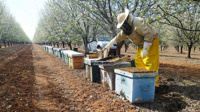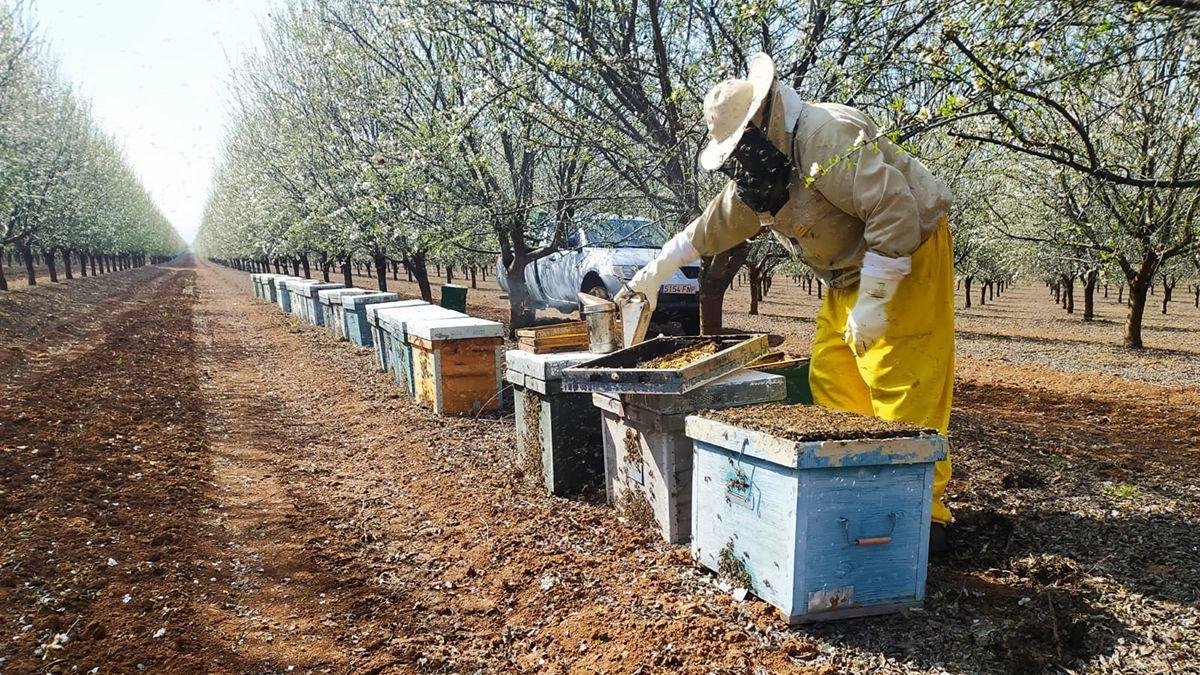[[data.name.value]]
[[metadata.defaultData.name]]
[[data.title.value]],
[[metadata.defaultData.title]],
[[data.company.value]]
[[metadata.defaultData.company]]

What Should You Know Before Visiting a Beekeeping Store for the First Time
Starting beekeeping is exciting, but the first trip to a beekeeping store can feel overwhelming. With rows of tools, protective gear, and hive components, it’s hard to know what’s essential. Many beginners feel lost among unfamiliar items and don’t know where to begin. It’s more than just buying tools—it’s about understanding what your bees need to thrive. This guide helps you walk into a beekeeping store with clarity and confidence. Here’s what first-time beekeepers should really be looking for.

Protective gear that keeps you safe
New beekeepers must always start with proper protection—it’s the first line of defense. A full-body suit is ideal because bees can find small entry points. Look for suits made from breathable material, especially if you’ll be working in warm climates. Gloves are helpful, but they should still let you move your hands comfortably. A good veil is non-negotiable—it protects your face and neck from stings. Safety will let you focus on learning without fear during your first season.
Tools that simplify your work
The right tools make beekeeping easier, especially when you're still learning. A smoker is one of the most essential tools—it calms the bees and reduces stings. Hive tools help you open hives and pry apart frames with minimal disturbance. Choose tools with comfortable grips so you can use them without slipping. Don’t buy every tool in the store; start with just the basics. Over time, you’ll figure out what extras you really need. For now, less is more.
Understanding the hive setup
When buying your first hive, it’s important to know the parts and how they fit together. Most beginners start with the Langstroth hive because it's simple and widely used. Make sure your hive kit includes a bottom board, brood boxes, and frames. Foundation sheets help bees build straight comb and are useful when you’re starting out. Always check for pre-assembled options if you’re not ready to build it yourself. A solid hive gives your colony the foundation to grow strong.
Feeding your bees in early days
New colonies often need extra help until they can forage for themselves. Feeders are an important part of early beekeeping and come in several styles. Entrance feeders are easy to monitor, while top feeders can hold more syrup. Sugar syrup helps bees build comb faster and stay nourished during lean periods. You’ll find different sizes, so choose one that matches your hive setup. Feeders are temporary, but vital for helping your bees settle in.
Books and advice that guide you
Don’t leave the store without knowledge—books, manuals, and expert advice are part of your kit. Many tienda apicultura locations have beginner-friendly guides written by experienced beekeepers. A good book will walk you through every stage of the season. Store staff can often answer questions and help you avoid common beginner mistakes. Consider joining a local club they recommend to learn more. Starting with the right guidance gives you a huge advantage.
Conclusion
Shopping for beekeeping supplies is about more than tools—it's your first step into a new world. Each piece of equipment helps you build trust with your bees and confidence in your actions. Focus on the basics, ask questions, and start small so you don’t feel overwhelmed. With the right setup and a little patience, your first hive can become something truly special. Beekeeping is a journey—and your first visit to the store is where that story begins.
Read more
Read less
[[ metadata.translations.contactme ]]